3.5 Perception
After reading the first sections of this chapter, you can see that sensation is not a purely physiological process. Perception, which draws from experience to organize and interpret sensory data, makes the information from our sensory receptors more meaningful. Although Emma, Zoe, and Sophie receive less sensory input than many people, they are clearly able to perceive their worlds as meaningful and organized. The principles we discuss in the following apply to all of us, including the triplets.
The Mind’s Imperfect Eye
What you see is not always what you get. Consider this experiment: Researchers asked a group of undergraduates studying oenology (the study of wine) to sample two wines. One was a white wine, and the other was the exact same white wine—colored red with flavorless dye. When it came time to evaluate the aromas, the students used the standard white-wine adjectives (for example, honey and apple) to describe the white wine, and this came as no surprise. When asked to describe the “red wine,” which was really the same white wine, the tasters used the standard red-wine adjectives (for example, raspberry and peppery; Morrot, Brochet, & Dubourdieu, 2001). It appeared they were tricked by their eyes! What they saw was red wine, so what they perceived were red wine aromas, even though they were not actually smelling red wine aromas.
Perception is essential to our functioning, but as the wine-tasting example illustrates, it is far from foolproof. We don’t see, hear, smell, taste, or feel the world exactly as it is, but as our brains judge it to be. At the start of the chapter, we introduced data-based processing (sensation), which refers to how we process basic sensory information (like pattern recognition), and knowledge-based processing (perception), which draws on past experiences and knowledge to understand sensory information. Let’s take a basic example. Looking at :-) in an e-mail or text message, data-based processing allows us to recognize the hyphen, the dots, and a parenthesis, but knowledge-based processing enables us to recognize it as a smiley face. In this section, we are primarily concerned with knowledge-based processing.

Illusions
Do we all perceive the world in the same way? Many of us certainly seem to get tricked in the same way (we will talk more about exceptions to this a little later). A case in point is an illusion, which is a perception incongruent with real sensory data. Studying illusions is useful for detecting distortions in our perceptual processes. Looking at perception when it is working “incorrectly” allows us to examine knowledge-based processing. If a clock stops ticking, you can open it up to see what’s wrong, to better understand how it works. Illusions serve a similar purpose. Let’s examine one.
Look at the Müller-Lyer Illusion (Figure 3.7). It appears lines (b) and (d) are longer, but in fact all 4 lines (a–d) are equal in length. Why does this illusion happen? Our experience with buildings tells us that the corner presented in line (c) is nearer because it is jutting toward us. The corner presented in line (d) (seems to be farther away because it is jutting away from us. Two objects that are the same size will project different images on the retina if one is farther away; the farther object will project a smaller image on the retina. People living in “carpentered worlds” (that is, surrounded by structures constructed with corners, angles, and straight lines, as opposed to living in more “traditional” settings) are more likely to be tricked by this illusion because of their experiences with manufactured structures. People in more traditional settings, without all the hard edges and straight lines, are less likely to fall prey to such an illusion (Segall, Campbell, & Herskovits, 1968). We have expectations about these types of corners because of our experiences with them, and this influences our perceptions.

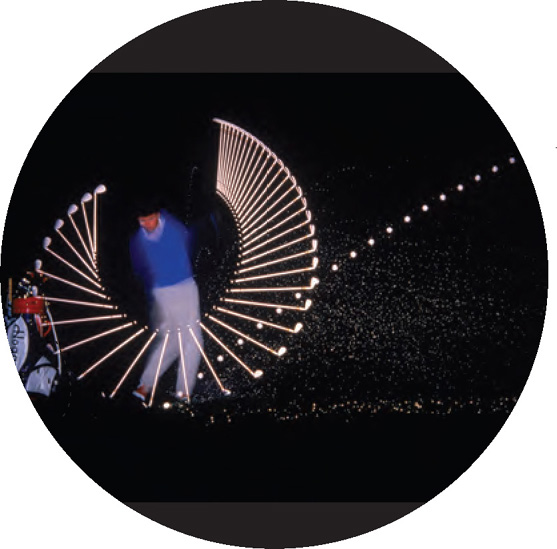
Another visual illusion is evident with stroboscopic motion, which occurs when a set of still images appears to be moving when shown in rapid progression. (Think of drawing stick figures on the edges of the pages of your book and then flipping the pages to see your figure “move.”) The brain interprets this as movement. Even infants evidently are able to perceive this kind of motion (Valenza, Leo, Gava, & Simion, 2006). Although illusions can provide us with some clues to how perception works, they cannot explain it in its entirety. Let’s take a look at principles of perceptual organization, which provide universal guidelines on how we perceive.
Perceptual Organization
LO 13 Identify the principles of perceptual organization.
The majority of psychologists first turn to the Gestalt (gə-′stält) psychologists to explain how perception works. Gestalt psychologists, who were active in Germany in the late 1800s and early 1900s, were initially interested in perception as a result of noticing illusions of motion. They wondered how something that is stationary could be perceived by the human brain as moving and thus attempted to explain how the human mind organizes stimuli in the environment. Noting the tendency for perception to be organized and complete, they realized that the whole is greater than the sum of its parts; the brain naturally organizes stimuli in their entirety rather than perceiving the parts and pieces. Gestalt means “whole” or “form” in German. The Gestalt psychologists, and others who followed, studied the rules, or principles, that explain how the brain perceives objects in the environment as wholes or groups (Infographic 3.4).
Figure-Ground
One central principle illuminated by the Gestalt psychologists is figure-ground (Fowlkes, Martin, & Malik, 2007). As you focus your attention on a figure (for example, the vase in Infographic 3.4), all other features drop into the background. If, however, you direct your gaze onto the faces, the vase falls into the background with everything else. The figure and ground continually change as you shift your focus. Other gestalt organizational principles include the following:
INFOGRAPHIC 3.4: Gestalt Organizing Principles: The Whole is Greater
The Gestalt psychologists identified principles that explain how the brain naturally organizes sensory information into meaningful wholes rather than distinct parts and pieces. These principles help you navigate the world by allowing you to see, for example, that the path you are walking on continues on the other side of an intersection. Gestalt principles also help you make sense of the information presented in your textbooks. Let’s look at how this works.
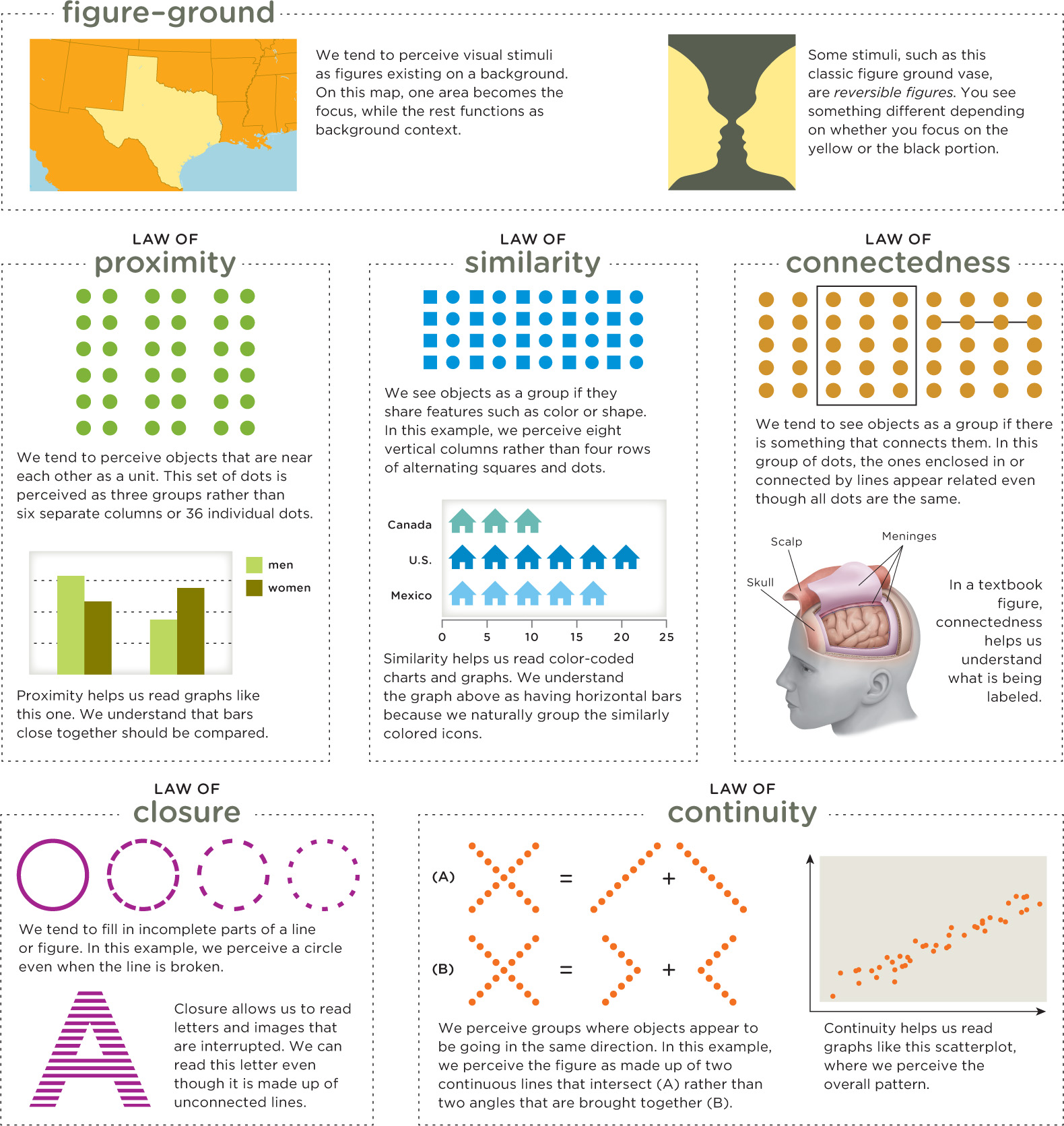
- Proximity—Objects close to each other are perceived as a group.
- Similarity—Objects similar in shape or color are perceived as a group.
- Connectedness—Objects that are connected are seen as a group.
- Closure—Gaps tend to be filled in if something isn’t complete.
- Continuity—Parts tend to be perceived as members of a group if they head in the same direction.
Although these organizational principles have been demonstrated for vision, it is important to note they apply to the other senses as well. Take the mother who can distinguish her child’s voice at the busy playground: Her child’s voice is the figure and the other noises are the ground.
Depth Perception
LO 14 Identify concepts involved in depth perception.
That same mother can tell that the slide extends from the front of the jungle gym, thanks to her brain’s ability to pick up on cues about depth. How is it that two-dimensional images projected on retinas are perceived in three dimensions? There appear to be inborn abilities and learned cues for perceiving depth and distance. Let’s start by examining an inborn capability to recognize depth and its potential for danger. Watch out, baby.
Visual Cliff
In order to determine whether depth perception is innate or learned, Gibson and Walk (1960) studied the behavior of babies approaching a “visual cliff,” a glass device that gives the illusion of a drop-off. They placed infants ages 6 to 14 months at the edge of the glass with a checkered tablecloth-like pattern directly underneath. Mothers were at the other end of the glass, coaxing their children to crawl to them. For the most part, the children refused to move toward what they perceived to be a drop-off, suggesting that the perception of depth was innate. These infants had never been in a situation where someone tried to get them to go toward the edge of an abyss, but they seemed to instinctively know better than to go near the edge.
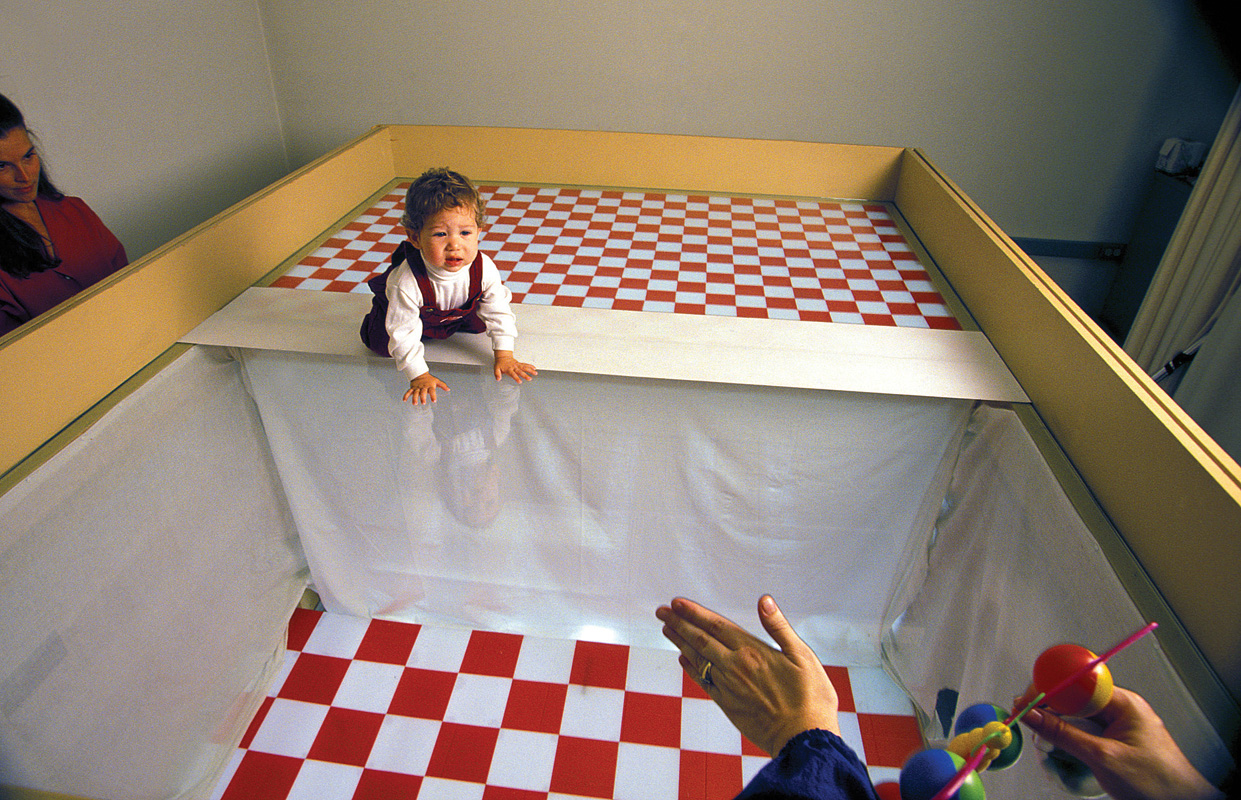
Binocular Cues
Some cues for perceiving depth are the result of information gathered by both eyes. Binocular cues provide information from the right and left eyes to help judge depth and distance. For example, convergence is the brain’s interpretation of the tension (or lack thereof) in the muscles of the eyes that direct where both eyes focus. If the object is close, there is more muscular tension (the muscles used to turn our eyes inward toward our nose), and the object is perceived as near. This perception of distance is based on experiences with objects; throughout life, we have learned that the more muscular tension, the closer the object is. Let’s take a moment and feel that tension.
try this
Point your finger up to the ceiling at arm’s length with both eyes open. Now slowly bring your finger close to your nose. Can you feel the tension and strain in the muscles of your eyes? Your brain uses this type of convergence cue to determine distance.
Another binocular cue is retinal disparity, which is the difference between the two images the eyes see. The greater the difference in these two images, the closer the object. The more similar the two images, the farther the object is. With experience, our brains begin to interpret these differing image sizes to help us judge distance. The following Try This provides an example of retinal disparity.
try this
Hold your index finger about 4 inches in front of your face pointing up to the ceiling. Quickly open your right eye as you are closing your left eye, alternating this activity for a few seconds; it should appear as if your finger is jumping back and forth. Now do the same thing, with your finger out at arm’s length. The image does not seem to be jumping as much as it did when your finger was closer to your face.
Monocular Cues
We can also use monocular cues to make judgments about depth and distance, but these do not necessitate the use of both eyes. Imagine how an artist uses paint to transform a white canvas into a three-dimensional perceptual experience. How can a two-dimensional object be perceived as having depth? This is accomplished by using techniques that take advantage of monocular cues. The monocular cues include (but are not limited to):
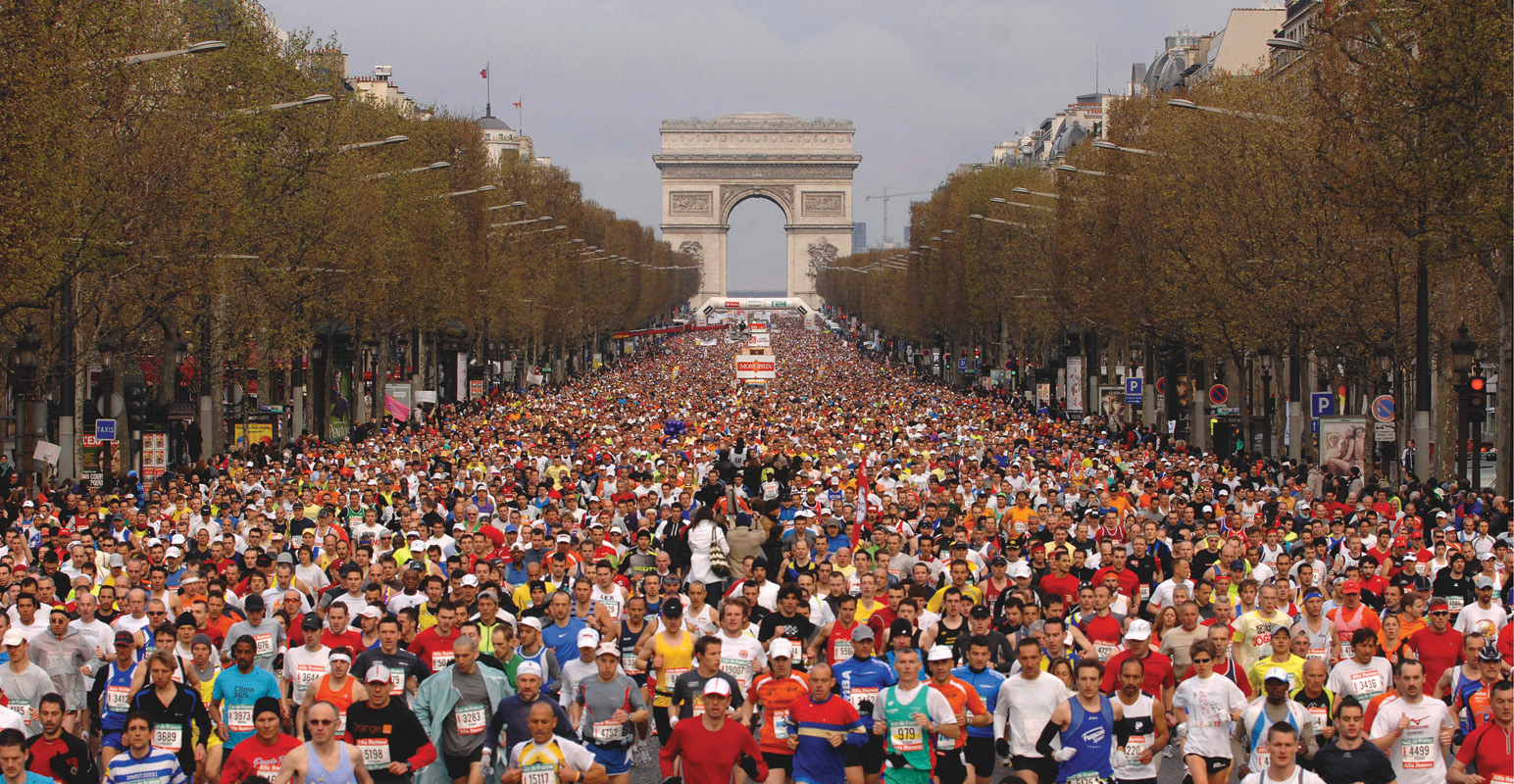
- Relative Size—If two objects are similar in actual size, but one is farther away, it appears to be smaller. We interpret the larger object as being closer.
- Linear Perspective—When two lines start off parallel, then come together, where they converge appears farther away than where they are parallel.
- Interposition—When one object is in front of another, it partially blocks the view of the other object, and the object that is partially blocked appears more distant.
- Texture Gradient—When objects are closer, it is easier to see their texture. As they get farther away, the texture becomes less distinct or less clear.
Perceptual Constancy

All these perceptual skills are great—if you are standing still—but the world around us is constantly moving. How do our perceptual systems adapt to changes? We possess the ability to perceive the objects in our world as having constant properties, although our environments are constantly changing. Perceptual constancy means that even when angle, lighting, and distance change, we know through experience that the objects themselves do not change in shape, size, or color although the sensory data might tell us otherwise. A door is shaped like a rectangle, but when it opens, the image on our retina is not a rectangle. Yet, we still perceive the door as having a rectangular shape. This is called shape constancy.
As you gaze on cars and trucks from the window of an airplane, they may look like bugs scurrying around, but you know some are as big as elephants because your perceptual toolkit includes size constancy. Through experience, we get to know the size of everyday objects and perceive them accordingly, regardless of whether they are far or near.
Similarly, color constancy allows us to see the world in stable colors, even when the sensory data arriving at our photoreceptors change. A bright red backpack appears bright red outside in the sunshine or inside a house. The color of the backpack does not change just because it is no longer in the bright light from the sun. The light waves bouncing off of the backpack have changed, but your understanding of the color of your backpack has not altered.
Although we can describe these organizational abilities with robust regularity, some of these perceptual skills are not necessarily universal, as the Müller-Lyer illusion demonstrates. Some studies suggest that children learn to perceive size constancy (Granrud, 2009), and this skill may not develop properly when children are deprived of certain types of stimuli.
Perceptual Set
Perceptual set is the tendency to perceive stimuli in a specific manner based on past experiences and expectations. If someone handed you a picture of two women and said, “This is a mother and daughter,” you would be more likely to rate them as looking alike than if you had been given the exact same picture and told, “These women are unrelated.” Indeed, research shows that people who believe they are looking at parent–child pairs are more likely to rate the pair as similar than those participants who believe the pair are not related (with both groups looking at the same pairs of adults–children; Oda, Matsumoto-Oda, & Kurashima, 2005). In short, we tend to see what we are looking for.
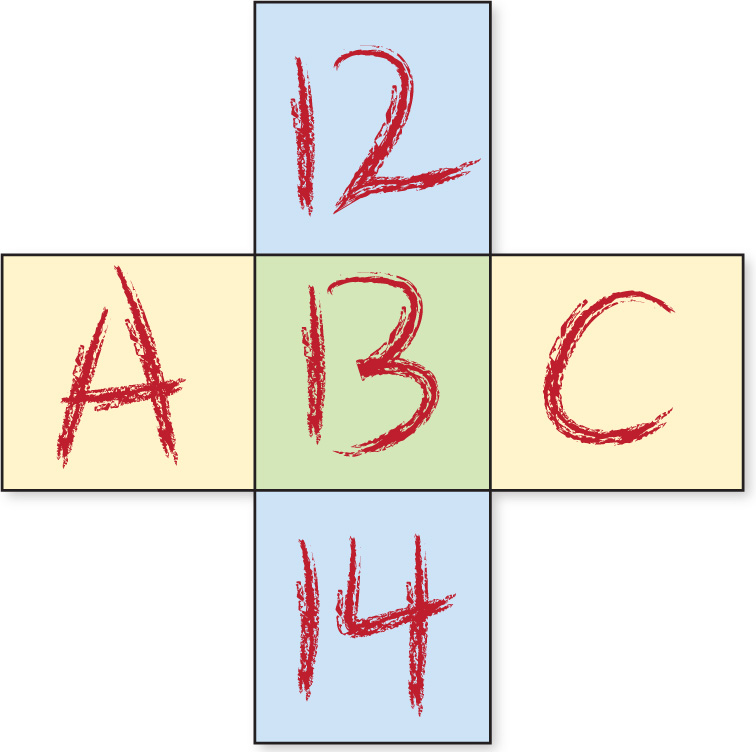
Perceptual sets are also molded by the context of the moment. If you hear the word “sects” in a TV news report about feuding religious groups, you are unlikely to think the reporter is saying “sex” even though “sects” and “sex” sound the same. Similarly, if you see a baby swaddled in a blue blanket, you are probably more likely to assume it’s a boy than a girl. Studies show that expectancies about male or female infants influence viewers’ perceptions of gender (Stern & Karraker, 1989). Simply labeling infants as premature or full-term will shape people’s attitudes about them (Porter, Stern, & Zak-Place, 2009).
Although our perceptual sets may not always lead us to the right conclusions, they do help us organize the vast amount of information flooding our senses. But can perception exist in the absence of sensation? In other words, is it possible to perceive something without seeing, hearing, smelling, tasting, or feeling it?
Extrasensory Perception: Where’s the Evidence?
LO 15 Define extrasensory perception and explain why psychologists dismiss its legitimacy.
Have you ever had a dream and the next day the event of that dream came to pass? Perhaps you have heard of psychics who claim they can read people’s “auras” and decipher their thoughts. Extrasensory perception (ESP) is this purported ability to obtain information about the world without any sensory stimuli. And when we say “no sensory input,” we are not referring to sights, sounds, smells, tastes, and feelings occurring subliminally, or below absolute thresholds. We mean absolutely no measurable sensory data. The study of these kinds of phenomena is called parapsychology.
THINK again
Extrasensory Perception
 ESP, psychic powers, the sixth sense—call it what you will, there is no scientific evidence to support its existence (Farha, 2007; Wiseman & Watt, 2006). Nevertheless, a handful of respected researchers have published research suggesting it is valid. In 2011, Cornell University’s Daryl Bem set off a firestorm of controversy with a journal article offering evidence for ESP. The article, which reported nine experiments involving some 1,000 participants, suggested that human beings have the ability to predict the future (Bem, 2011). Other psychologists pointed out flaws in Bem’s statistical analysis (Wagenmakers, Wetzels, Borsboom, & van der Maas, 2011), which Bem then defended (Bem, Utts, & Johnson, 2011). The research was further called into question in 2012, when a team of scientists tried to replicate Bem’s results using his same methodology and failed (Ritchie, Wiseman, & French, 2012).
ESP, psychic powers, the sixth sense—call it what you will, there is no scientific evidence to support its existence (Farha, 2007; Wiseman & Watt, 2006). Nevertheless, a handful of respected researchers have published research suggesting it is valid. In 2011, Cornell University’s Daryl Bem set off a firestorm of controversy with a journal article offering evidence for ESP. The article, which reported nine experiments involving some 1,000 participants, suggested that human beings have the ability to predict the future (Bem, 2011). Other psychologists pointed out flaws in Bem’s statistical analysis (Wagenmakers, Wetzels, Borsboom, & van der Maas, 2011), which Bem then defended (Bem, Utts, & Johnson, 2011). The research was further called into question in 2012, when a team of scientists tried to replicate Bem’s results using his same methodology and failed (Ritchie, Wiseman, & French, 2012).
…THERE IS NO SCIENTIFIC EVIDENCE TO SUPPORT ITS EXISTENCE.
Despite ESP’s lack of scientific credibility, many people remain firm believers. Most often, their “evidence” comes in the form of personal anecdotes. Aunt Tilly predicted she was going to win the lottery based on a dream she had one night, and when she did win, it was “proof” of her ESP abilities. This is an example of what psychologists might call illusory correlation, or an apparent link between variables that are not closely related at all. Aunt Tilly dreamed she won the lottery, but so did 1,000 other people around the country, and they didn’t win—what about that evidence? Although some may find the idea of ESP compelling, you should be very skeptical about its existence because there is no scientific evidence to support it (Farha, 2007; Wiseman & Watt, 2006).
MOVING FORWARD
 When the triplets were about 5 years old, Liz and her husband got a divorce, and Liz faced the daunting task of caring for four young children. Today, Sarah is a high school student, Emma and Zoe are students at the prestigious Texas School for the Blind and Visually Impaired, and Sophie is holding her own in the public school system. Liz operates her own business and recently wed her true love from two decades past.
When the triplets were about 5 years old, Liz and her husband got a divorce, and Liz faced the daunting task of caring for four young children. Today, Sarah is a high school student, Emma and Zoe are students at the prestigious Texas School for the Blind and Visually Impaired, and Sophie is holding her own in the public school system. Liz operates her own business and recently wed her true love from two decades past.
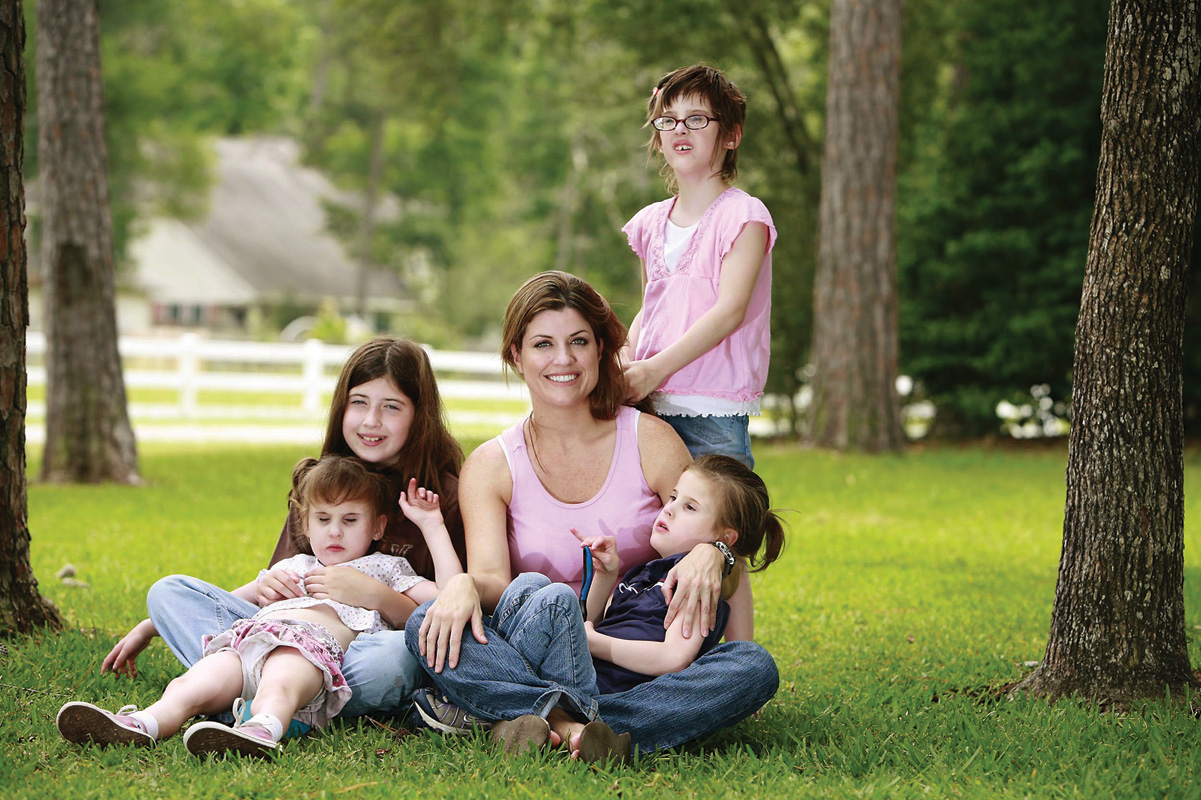
Although Emma, Zoe, and Sophie do not have personal tutors working 24-7, they have something more important—the absolute love and support of family. Emma and Zoe have made significant strides in their social and linguistic skills. Both can communicate with about 50 signs, but they understand many more and are building their vocabulary all the time. As for Sophie, having limited vision has enabled her to take classes in the local middle school.
Sensation and perception, distinct yet seamless processes, enable us to know our surroundings. We rely on sights, sounds, smells, tastes, and touch to interact with the surrounding world. If one or more of those senses fails, we fall back on the others to guide us. Every moment, we are flooded with sensory input that would be meaningless if our brains lacked systematic ways of interpreting and organizing it. With organizational principles of perception, perceptual sets, and contextual information, we experience our environments in a remarkably smooth manner.
CONNECTIONS
The importance of replicating experiments was discussed in Chapter 1. The more a study is replicated and produces similar findings, the more confident we can be in them; replication is a key step in the scientific method. If similar results cannot be reproduced using the same methods, then the original findings may have resulted from chance or experimenter bias.
show what you know
Question 3.16
1. __________ occur when perceptions are incongruent with real sensory data.
b. perceptual constancy
Question 3.17
2. One binocular cue called __________ is based on the brain’s interpretation of the tension in muscles of the eyes.
- convergence
- retinal disparity
- interposition
- relative size
a. convergence
Question 3.18
3. Using what you have learned so far in the textbook, how would you try to convince a friend that extrasensory perception does not exist?
ESP is the purported ability to obtain information about the world in the absence of sensory stimuli. There is a lack of scientific evidence to support the existence of ESP, and most so-called evidence comes in the form of personal anecdotes. Subjective information can be biased. Using critical thinking, we must determine the credibility of the source and validity of the evidence. Despite ESP’s lack of scientific credibility, many people still believe in its existence in part because of illusory correlations, which appear to be links between variables that are not closely related at all.
Question 3.19
4. Have you ever noticed how the shape of a door seems to change as it opens and closes, yet you know its shape remains the same? This __________ refers to the fact that even though stimuli may change, we know that objects do not change in shape, size, or color.
- perceptual set
- perceptual constancy
- convergence
- texture-gradient
Illusions